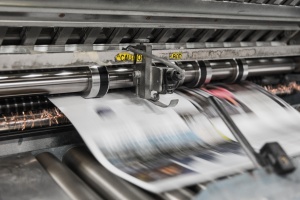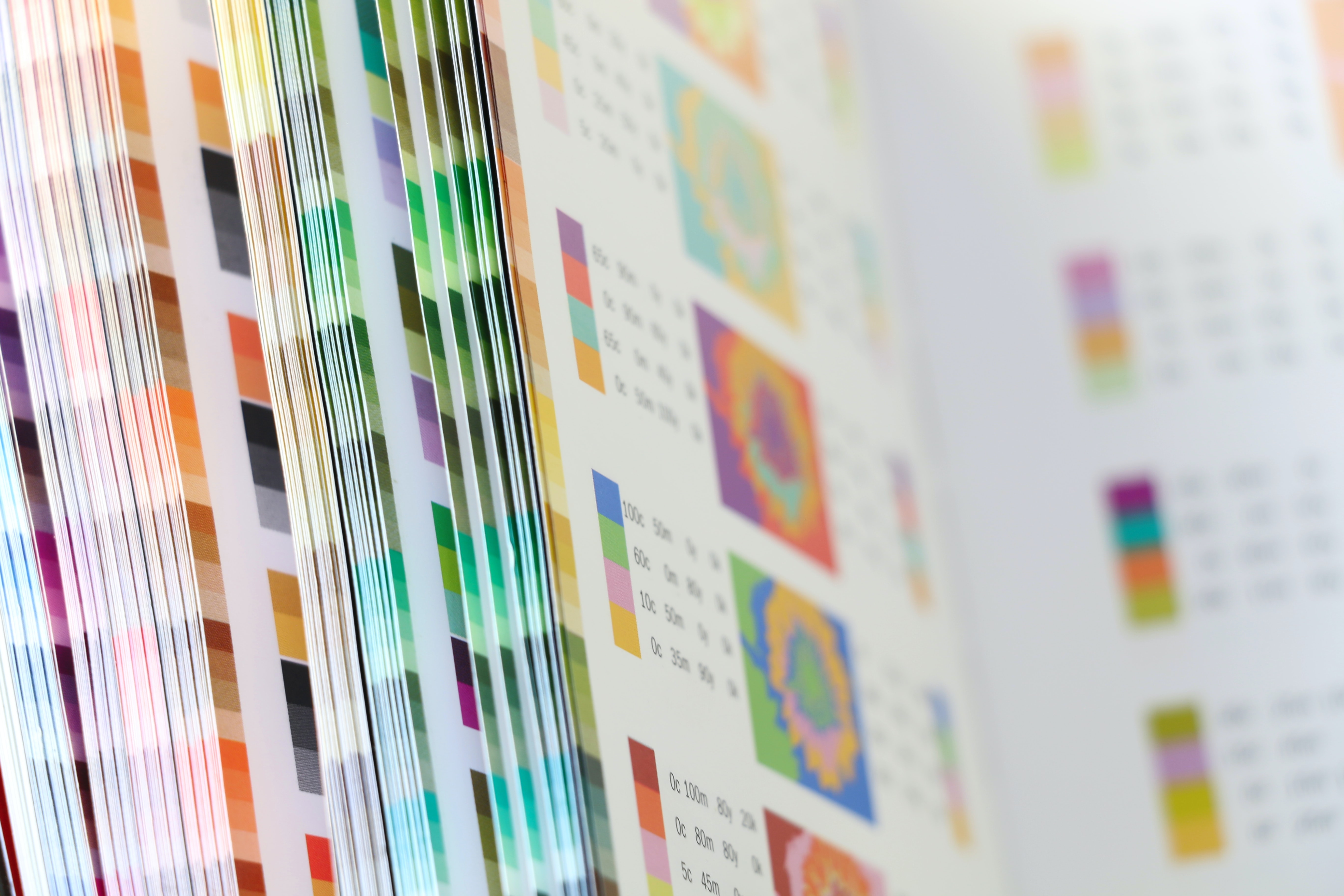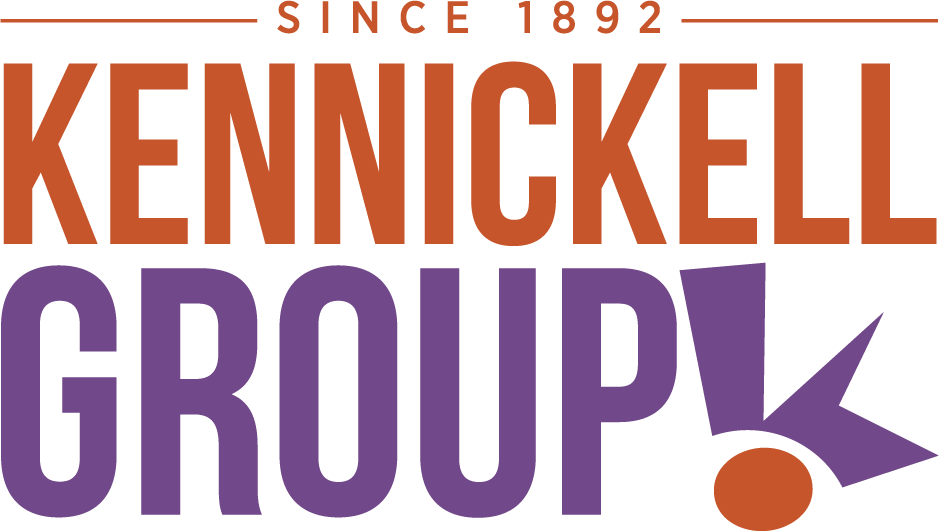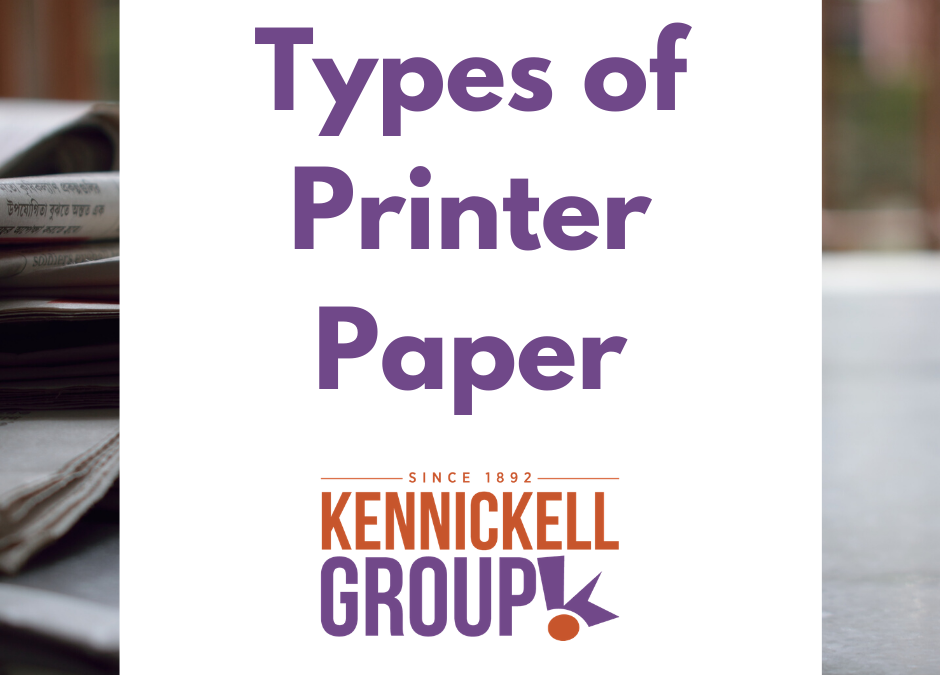The types of printer paper you use for your projects can speak more about your business than you initially thought. According to this Harvard Business Review article, high-quality printing swayed the purchaser’s decision to choose one business over another. Printing may seem like a very simple process, but multiple decisions go into creating a quality product. Paper type, printing style, and ink used all play major roles in your print project’s overall quality. In this article, we’ll highlight what types of printer paper you should use for your projects.
Why Do the Types of Printer Paper Matter?

Consider a scenario of a customer choosing two businesses to purchase from that send direct mail postcards. One company has a very thin postcard that feels flimsy to the touch. The other company has a card with an identical message that feels sturdy and high-quality. In comparison, what do these postcards say about each business? What types of printer paper should you use to fulfill your task?
Additionally, choosing to use high-quality types of printer paper can help your print product to last longer, which allows your investment to last longer. If your business prints a catalog, magazine, or newsletter, this product can last much longer with tear-resistant or high-quality paper.
Consider Size
First, consider the size of the paper you would like to use for your project. In most cases, print jobs typically use the standard paper size of 8.5inx11.5in. This size can suffice for flyers, essays, office items, letters, or anything else imaginable. Here are a few notable sizes:
- Letter — 8.5” x 11”
- Half-Letter — 5.5” x 8.5”
- Legal — 8.5” x 14”
- Junior Legal — 5.0” x 8”
- Ledger/Tabloid 11.0” x 17.0”
Of course, each size has a particular strength that makes it appealing for a particular project. If you have any questions as to what size you should be using, please contact one of our representatives.
Types of Printer Paper

Printing paper comes in a variety of types. The most popular printer papers include:
- Inkjet Paper — specialized for inkjet printers.
- Laser Printer Paper — specialized for laser printing
- Matte — universal printing paper, can be used for a wide variety of jobs
- Bright White — a smooth textured paper that is best suited for double-sided printing
- Glossy — best for photo printing and images
- Resume — heavier than traditional paper, mostly used for resumes and CVs
Each of these types fulfills certain functions for your printing. If you’re printing a higher quantity, look for thinner papers than can get the job done faster if applicable. If you’re looking for higher quality, look for better paper that may take longer to produce a final product. Remember, no two paper types are created the same way. This means your standard printer paper can’t perform the same duties as a high-gloss photo paper. While some overlap can happen, the necessity to play toward a paper’s strength will benefit your final product’s overall quality.
Cost-Efficiency
Many organizations often opt for the cheapest options available when it comes to printer paper. This idea follows the belief that all printer paper is the exact same; however, as detailed above, each type of printer has its own strengths and weaknesses. While we understand that your business needs to justify the purchase of more expensive paper, we encourage you to speak with a representative from the Kennickell Group to find the best solution for your project.
Contact Us
The Kennickell Group can guide your business in creating quality print marketing that can attract potential customers in your area. Attractive postcards, flyers, menus, and other print material will become a deciding factor for customers to choose your business over another. The decisions often get overlooked, but with the help of a dedicated representative, your business can understand the benefits of going with a paper specified for the job.



